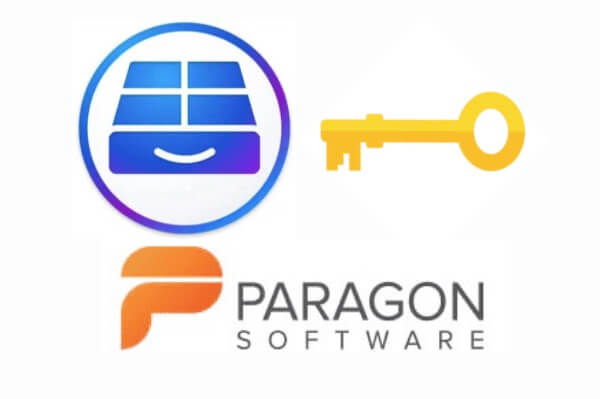

#NTFS FOR MAC CODE FOR FREE#
But since then a lot has changed: almost all Apple products use SSDs, and the next-generation storage technology is continually evolving.Ĭlean 500MB of Junk for Free APFS Key Features: Encryption HFS+ was designed in an era when floppies and hard drives were the best storage technologies.
#NTFS FOR MAC CODE MAC OS#
Migrating from HFS to APFSĪPFS replaces HFS+ (also known as Mac OS Extended), Apple's proprietary file system that had been used for decades and which builds on the original HFS, referred to as Mac OS Standard. Apple released APFS (Apple File System) for mobile devices on March 27, 2017, along with the release of iOS 10.3.

It was announced at Apple's Worldwide Developers Conference in 2016 as a replacement for the then default Hierarchical File System Plus (HFS+) file system. This file system is specifically designed for Apple products but that doesn't necessarily mean that other files systems are bad, just that they serve other purposes. You can also view the Volumes directory in Column mode to reveal it as a parent directory, from which you can create an alias instead of doing so on a per-drive basis.Apple migrated its users to a new, modern file system called Apple File System alongside the release of macOS High Sierra 10.13 back in September of 2017, aiming to take advantage of flash and SSD storage drives, almost primarily because of the fact that all new Apple products use SSD as the storage disk. If you need to access this volume more frequently, you can drag it to the sidebar, or make an alias of it in the location of your choice. In the folder that opens, you should see the mounted NTFS volume, and should now be able to copy files to it, or otherwise manage files on it. When you do so, the system will no longer immediately show it in the Finder, but you can go back to the Terminal and run the following command to reveal it in the hidden Volumes directory where the system mounts all attached drives: When finished, press Control-O to save the file, followed by Control-X to exit, and then unmount your NTFS drive and attach it again. Be sure to change the word NAME to the name of your drive (it is case-sensitive): The Terminal should now show an editor window for the fstab file, in which you can enter the following all on one line. In here, run the following command to edit the fstab file (supply your password when prompted): Enter this line into the fstab file, changing the label "NAME" to match that of your drive.

To enable this feature, you have to do so on a per-volume basis, by editing the system's hidden fstab file to adjust the way the drive is automatically handled when attached and mounted.įirst ensure that your NTFS drive has a simple single-word name, and then go to the Applications > Utilities folder and launch the Terminal program.
#NTFS FOR MAC CODE DRIVER#
Therefore, the use of a third-party driver such as Paragon NTFS or Tuxera NTFS has been required for those seeking full NTFS support however, OS X does support writing to NTFS, but this feature is just not enabled by default. OS X supports the option to read NTFS-formatted drives, but has not supported writing to these drives.


 0 kommentar(er)
0 kommentar(er)
